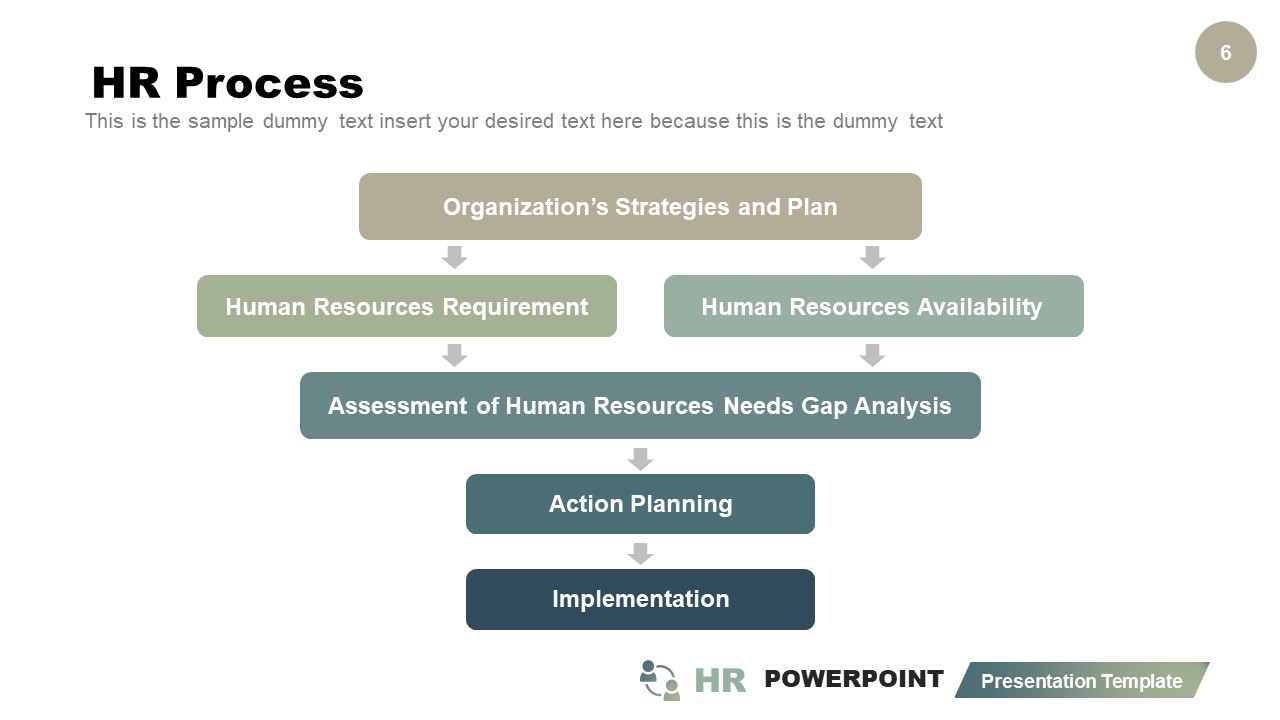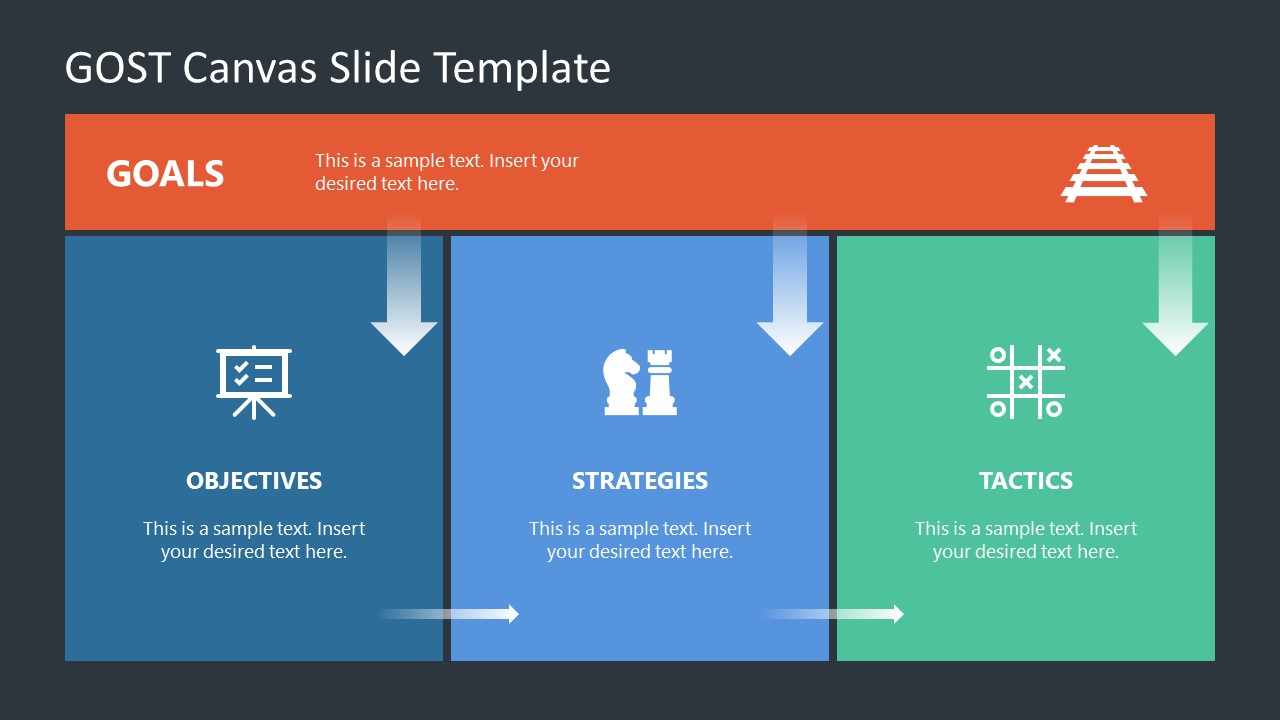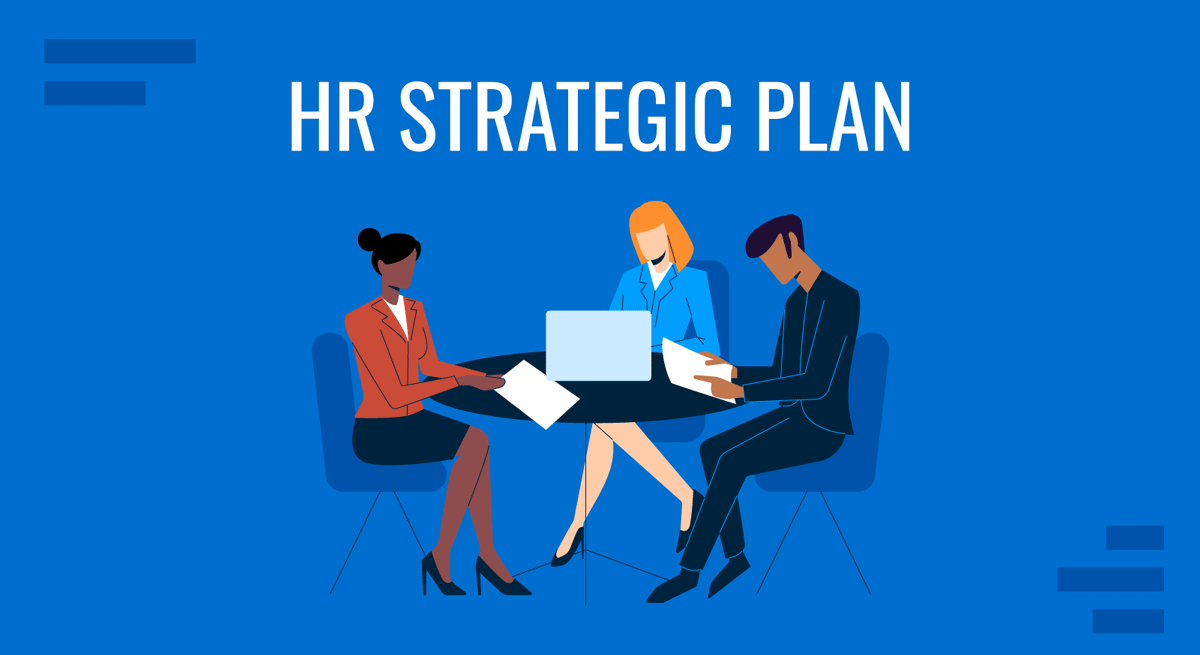
Regardless of size or industry, every organization operates with specific goals and objectives. The job of the human resources (HR) team is to ensure that the workforce contributes effectively to its success. However, the shocking truth is many initiatives fail because there is a disparity between HR strategies and the business.
In a survey by Gartner, 38% of the HR leaders surveyed admitted that their HR strategic planning process is not aligned with the business strategic planning calendar. Such a misalignment can have significant implications and may impede the organization’s overall success.
This underscores the need for HR teams to prioritize a strategic plan that’s in sync with the overall business framework. How do you do that? Let’s discuss it in this article.
Table of Contents
- What is an HR Strategic Plan?
- Components of an HR Strategic Plan
- Steps for Creating an HR Strategic Plan
- Examples of HR Strategic Plan Slides
- How to Present an HR Strategic Plan
- Conclusion
What is an HR Strategic Plan?
We’ve defined a strategic plan as a document that reflects how a company plans to function and grow over a significant period. Its purpose is to allow all departments to understand the company’s larger strategy and guide their respective efforts so that they can positively impact its success.
Hence, the HR strategic plan is a document that outlines how the human resources function will align with and support the overall strategy, vision, and goals of the organization. Whether the HR strategy involves hiring more staff, promoting talent development, or nurturing a positive work culture, it should be firmly based on the direction the company aims for.
It’s important to emphasize that HR strategic planning is an ongoing process and requires continual reassessment as the organization’s overall strategic plan evolves.
Components of an HR Strategic Plan
So, where do you start with HR strategic planning? Breaking down the plan’s components is the easiest approach to accomplish this process. Let’s explore the basic elements an HR strategic plan should include.
- The Vision is the aspirational image of what the HR function aims to achieve in alignment with the organization’s overall goals. It encapsulates the desired future state of HR within the company.
- The Objectives are the short-term and long-term goals HR sets to achieve. These goals should be directly tied to the broader business strategy.
- The Actions detail the specific steps, initiatives, and projects HR will undertake to achieve its objectives.
- The KPIs are the metrics that gauge the effectiveness and impact of HR initiatives. They help monitor performance and guide adjustments if necessary.
Steps for Creating an HR Strategic Plan
1. Pick a Strategic Model to Use
Selecting the right structure for an HR strategic plan is the first step to effectively communicating the plan’s outcomes within your organization. SlideModel has several editable strategic planning templates to help you organize your plan clearly and logically.
The Goals-Based Strategic Planning Model begins by identifying goals/objectives and aligning the strategies and action plan with the organization’s current state. It also outlines the timelines for implementation and key metrics for tracking the progress.
The Cascade Strategy Planning Model involves a top-down approach that starts with defining the organization’s mission, vision, and core values. From there, strategic goals are broken down into actionable objectives for various departments and teams.
Regardless of your chosen model, covering the essential elements mentioned earlier is imperative to ensure the plan’s effectiveness in driving organizational success.
2. Assess Current HR State
You now have the strategic planning model to work with. The next step is to conduct a gap analysis that evaluates the existing state of your human resources concerning the company’s overarching vision. This analysis compares where your HR function is and where you want it to be and identifies the existing gaps so that you can develop reasonable goals to fill them.
Several gap analysis templates, like the SWOT analysis, can aid you in this process.

Start by making a checklist of your requirements to fulfill the vision. Then, look at your organization’s workforce and identify what practices could be improved or what capacity could be acquired to realize the organization’s overarching strategic goal.
For instance, imagine you’re part of Tesla’s HR team, whose vision is to “create the most compelling car company of the 21st century by driving the world’s transition to electric vehicles.” As you assess your HR state, the gap analysis might reveal your need for recruiting specialized engineers or more employee training programs on sustainable transportation concepts.
3. Define HR Vision
Building upon the insights gained from the gap analysis, the next step is to craft a clear and aspirational vision for your HR function. This vision should reflect how HR envisions contributing to the organization’s success.
Some may find this step unnecessary, but we don’t recommend skipping it. As we mention in our vision statement article, a vision statement codifies your aspirations, making it easier to communicate them to stakeholders. An HR vision statement is no different.
Continuing our illustrative example, Tesla’s HR vision could be:
“Lead the charge in cultivating a dynamic and innovative workforce that pioneers the electric vehicle revolution.”
This ambitious statement points to areas where the HR team can play a crucial role in bridging the gaps between the workforce and the direction that Tesla is going for. These statements can be easily communicated to your audience with the help of well-designed HR presentation templates.
4. Identify Objectives
We cannot overstate the significance of setting objectives in HR strategic planning. While you have the vision to guide your actions, you need clearer directions to make your journey easier. Objectives transform abstract visions into concrete and actionable goals that you can work on.
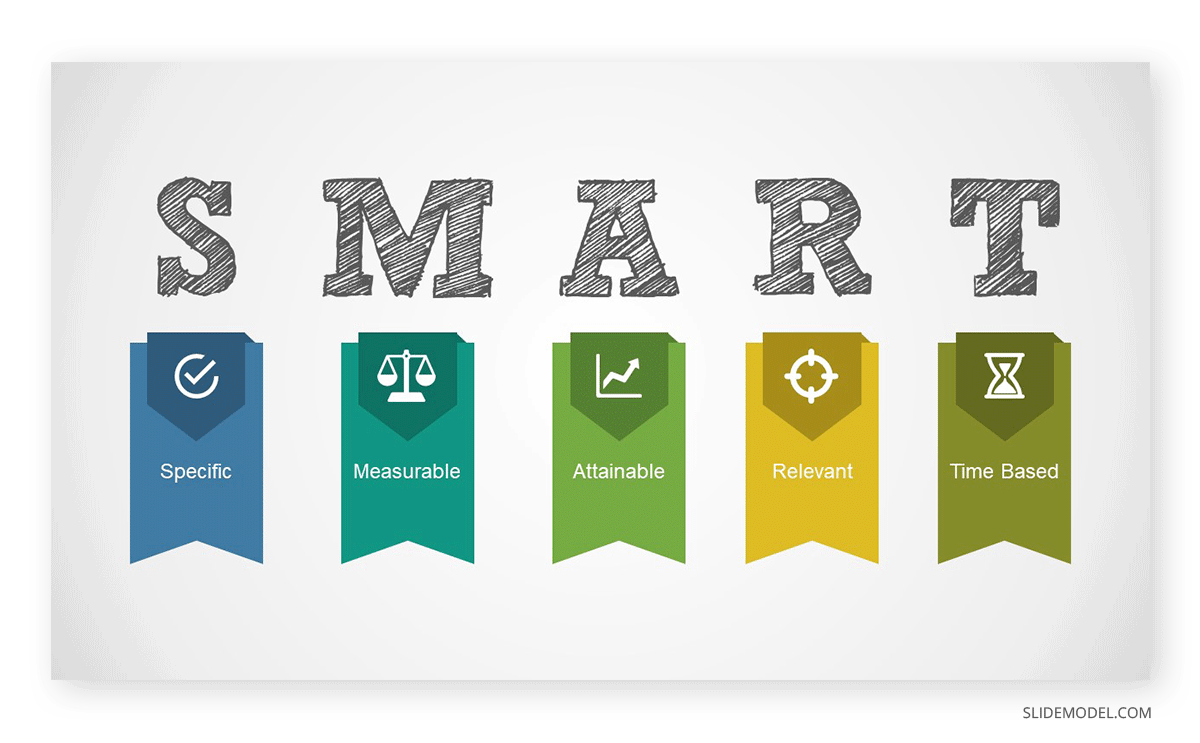
You may identify short-term and long-term objectives. Either way, they should adhere to the SMART criteria:
Specific: Clearly define what the objective aims to achieve.
Measurable: Set quantifiable metrics to gauge success.
Achievable: Ensure the objective is feasible and realistic.
Relevant: The objective should align with HR’s role and the organizational strategy.
Time-Bound: Set a clear timeline for achieving the objective.
Let’s take a look at a well-written objective for Tesla’s HR.
Increase the number of engineers with proficiency in battery management by 20% within the next two years.
This objective aligns with the organization’s broader goal of pioneering the electric vehicle revolution. Battery management is a critical component of electric vehicles. By increasing the number of engineers proficient in battery management, Tesla’s HR ensures a workforce with the skills needed to advance electric vehicle innovation.
5. Develop Action Plans
The action plan breaks down your objectives into achievable pieces, giving stakeholders a clear sight of the steps needed to accomplish them. It lays down the specific activities in the order in which they should be carried out, the resources and support needed, and the completion timeline. The structured nature of action ensures that everyone is on the same page regarding the steps needed to achieve the desired outcomes.
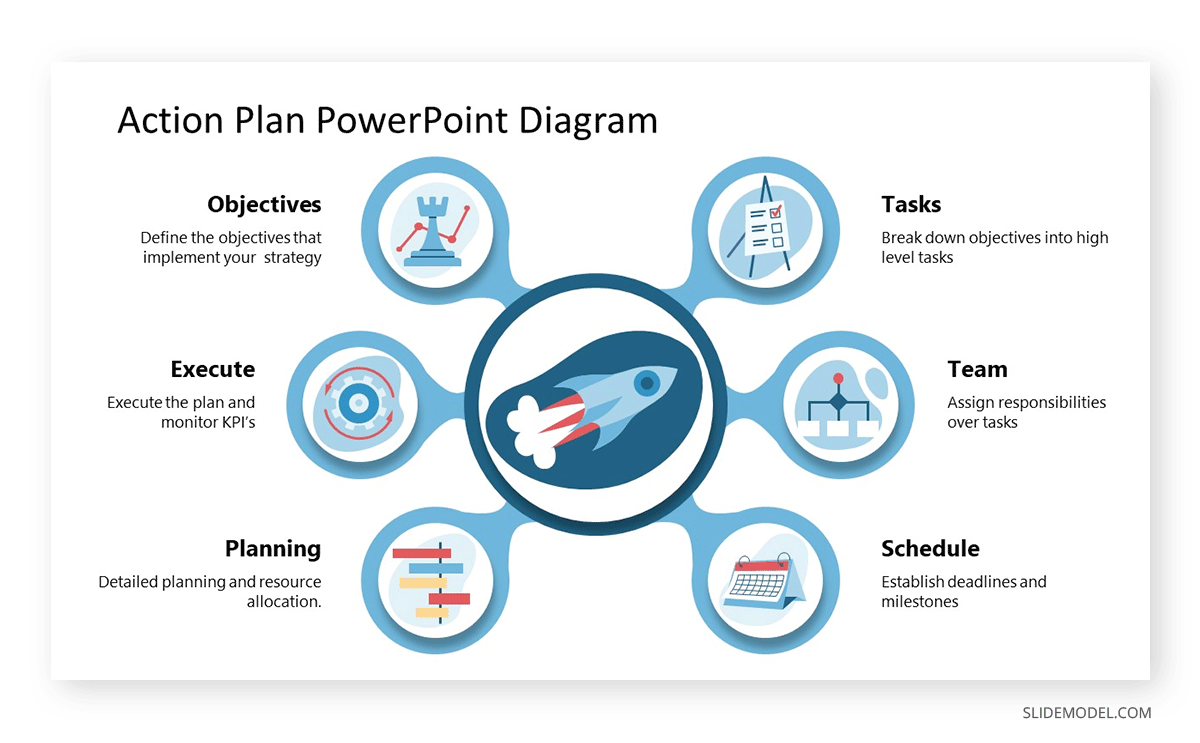
For example, the following could be Tesla’s activities in achieving its objective of increasing the number of engineers proficient in battery management:
- Assess the current proficiency levels of engineers in battery management skills.
- Design a comprehensive battery management training.
- Roll out the battery management training program.
- Assess the progress of engineers’ proficiency levels.
You may use a one-pager action plan template to present these activities, their dependencies, and their required resources.
6. Establish KPIs
How will you measure success? As you develop your HR strategic goal, you will realize that you need to come up with a consensus of what success looks like. This is where key performance indicators (KPIs) come in.
Forbes defines KPI as a measurable target indicating a specific performance is at par with the goal. It requires looking into past performance variables (lagging indicators) and the desired future performance (leading indicators) to inform managers that they are on track to meet their objectives and, to a certain degree, their vision.
KPIs vary depending on the organization’s goals, but some common performance indicators for HR include:
- Employee Productivity
- Employee Attrition/ Retention Rate
- Cost per Hire
- Training and Development Metrics
When it comes to increasing the number of engineers with proficiency in battery management, Tesla’s KPIs may include:
- Proficiency Assessment Scores
- Training Completion Rate
- Number of Certified Engineers
Examples of HR Strategic Plan Slides
Here are a couple of examples of HR strategic plans presented using various models:
1. Enhancing Employee Engagement
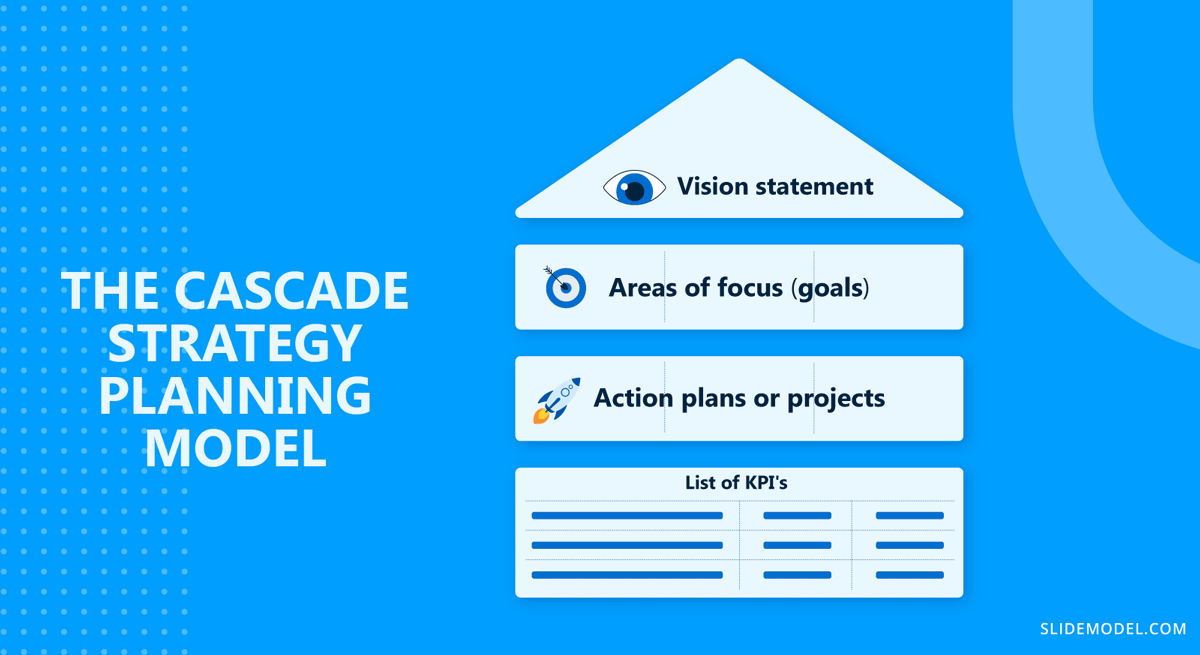
This is an example slide of an HR strategic plan of a company that aims to enhance employee engagement. Using the Cascade Strategy Planning Model, they were able to align and direct every facet of their initiatives toward their overarching vision.
2. Developing Leadership Pipeline

This goal-based HR strategic plan example provides an actionable approach to achieving the outlined goals for developing a leadership pipeline within the organization. Incorporating specific timelines into the action plan helps ensure the strategic plan progresses smoothly and stays on track.
How to Present an HR Strategic Plan
Some companies spend a lot of effort developing HR strategies, or strategic plans in general, only to forget to effectively communicate them to the people who will turn the plan into a reality. What’s the point of beautifully crafted strategies when employees know too little or don’t know about them?
Hence, you need a communication plan to ensure that the whole organization understands and embraces your strategies from the ground up. Here are some tips when presenting an HR strategic plan.
1. Use Crystal-clear Language
Using jargon during a presentation may sound smart but may lead to confusion and alienation. To effectively communicate your strategies, prioritize using simple, plain language that resonates with the audience. If jargons are inevitable, provide clear definitions to ensure understanding.
2. Explain the “Why”
Employees may react negatively to changes, especially when they feel the change is an additional burden. Explaining a change’s reasons, motivations, and benefits can alleviate concerns and resistance. For example, if an employee is against HR’s job rotation plan, explaining how it will equip them for future succession might change their mind.
3. Use Visual Aids
HR strategic plans usually involve a lot of projections and metrics that might get lost in translation. Incorporate visual aids like infographics, graphs, and charts to simplify these complex pieces of information.
4. Encourage Two-way Communication
When you don’t receive feedback during a presentation, it typically indicates one of two possibilities: either the audience has a complete grasp of the message, or they don’t get it. There’s only one way to know for sure: to establish a channel for dialogue. Communication in both directions bridges the gap between the intended message and the audience’s understanding.
5. Use Multi-channel Approach
People have different preferences for absorbing information. Some may find in-person presentations more convenient, but others may find it challenging to present complex information. Cognizant of these variations, consider a range of approaches when presenting your HR strategic plan. For example, you may send out a pre-read of your reports so no one gets confused during your meeting.
Conclusion
HR strategic planning is a complex activity that involves multiple processes. It requires a comprehensive and thoughtful approach, from setting clear objectives and identifying key performance indicators to developing actionable plans and ensuring effective communication. The key to effective HR strategies is aligning them with the main company vision and strategic goals.
But remember, HR strategies are not set in stone. As company circumstances change and new challenges and opportunities emerge, the planning team must be agile to accommodate these shifts.
